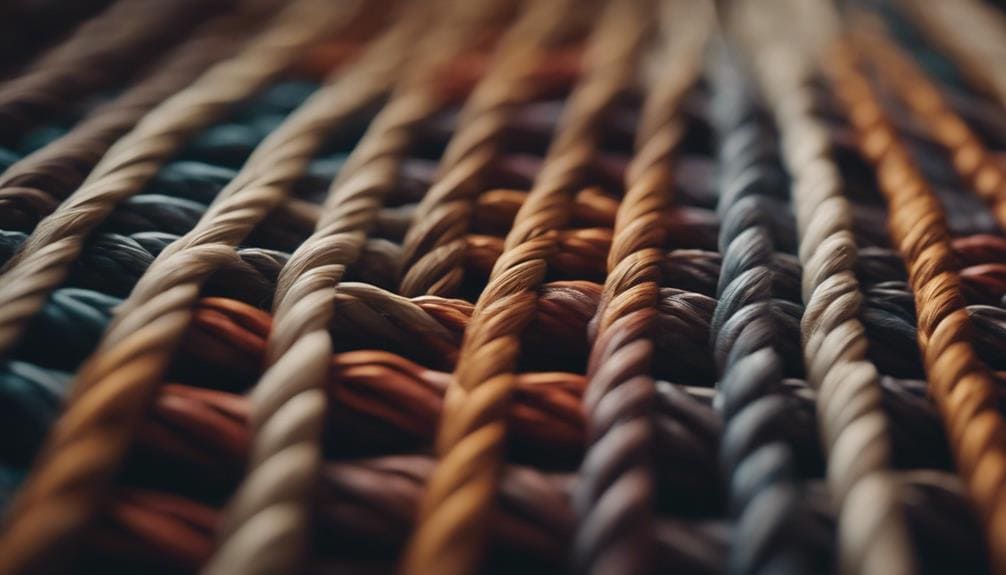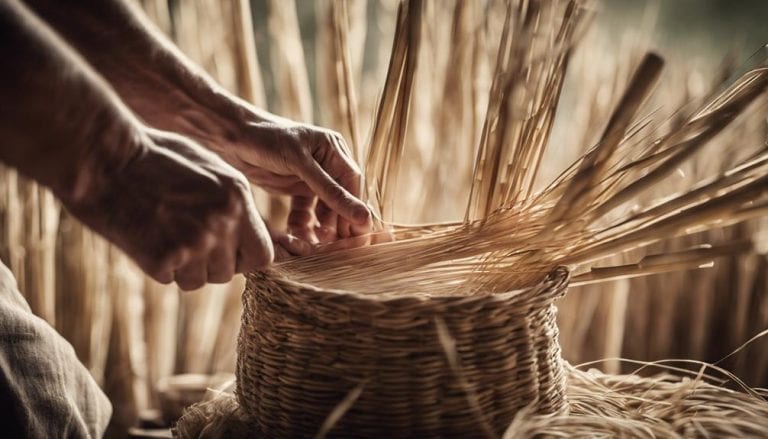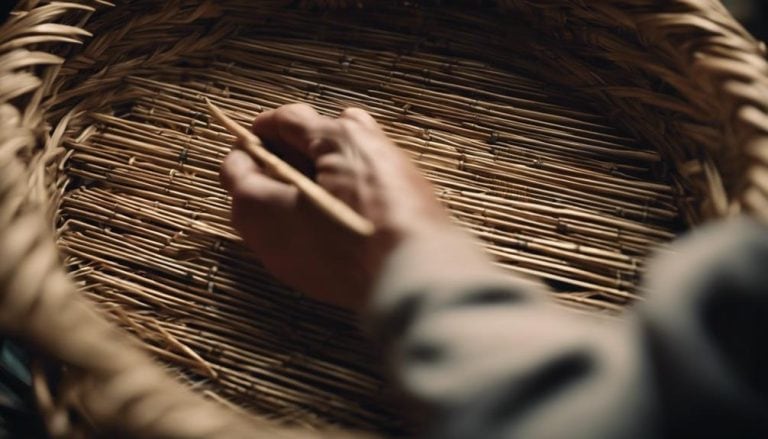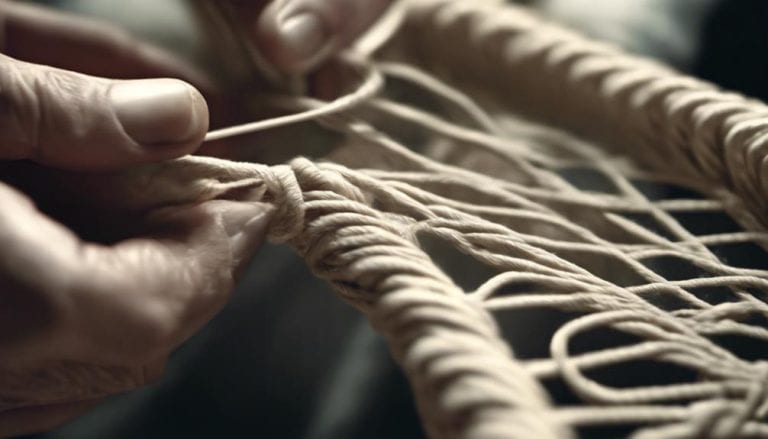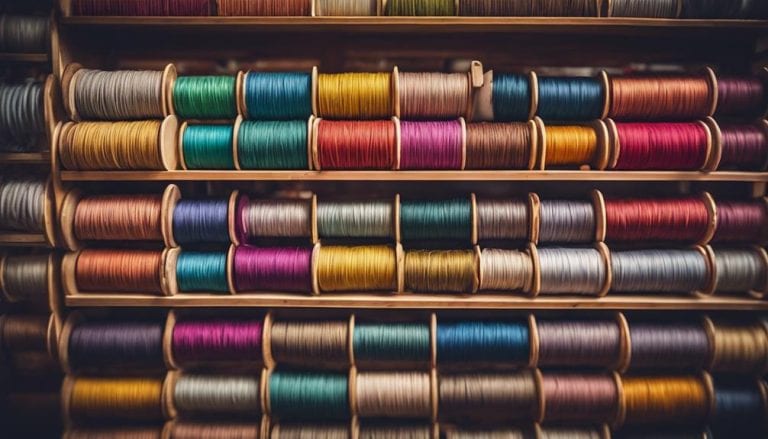Danish Cord Vs. Rush Reed for Crafting
When considering Danish cord vs. rush reed for crafting, one aspect often overlooked is the level of intricacy each material can handle. With its finer fibers and smoother finish, the Danish cord allows for more delicate weaving patterns and intricate designs than rush reed.
This subtle difference can greatly impact the overall look and feel of your crafted pieces, and choosing between the two materials is a crucial decision for any artisan.
When comparing Danish cord and rush reed for crafting, consider the durability and texture differences to choose the best material for your project. Danish cord offers a smoother finish, while rush reed provides a more rustic look, so select based on your desired aesthetic and project needs.
Key Takeaways
- Danish cord excels in durability and longevity, surpassing fiber rush in resilience.
- Danish cord offers superior flexibility for intricate weaving compared to stiff rush reed.
- The aesthetic appeal differs, with Danish cord providing a modern look and a traditional rush reed.
- Understanding weaving techniques and maintenance needs is crucial when choosing between Danish cord and rush reed.
The Durability of Danish Cord Vs. Rush Reed
In chair weaving materials, the Danish paper cord emerges as a stalwart symbol of durability and longevity compared to its counterpart, the fiber rush. Authentic Danish cord is renowned for its exceptional durability and longevity, making it a preferred choice for chair restoration projects.
Unlike fiber rush, which tends to wear out and break easily, especially in high-stress areas like the front rail, Danish paper cord boasts a higher quality paper with longer-lasting fibers, ensuring its longevity for decades.
Choosing between Danish paper cord and fiber rush is crucial when considering chair weaving projects. While fiber rush may seem like a cost-effective option initially, its propensity to deteriorate quickly makes it a less favorable choice in the long run.
On the other hand, with its superior durability and longevity, an authentic Danish cord proves to be a wise investment for those seeking to restore chairs to their former glory. Danish paper cord is the superior material choice for projects that demand resilience and endurance.
Flexibility Comparison: Danish Cord Vs. Rush Reed
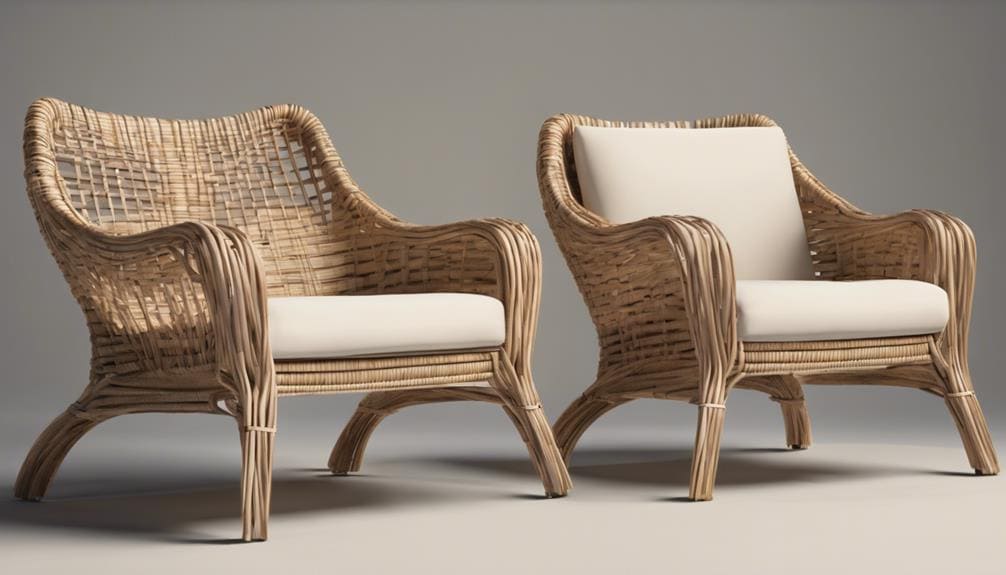
Considering the inherent differences in flexibility between Danish cord and rush reed, the three-ply construction of Danish cord makes it a more pliable option for intricate chair weaving projects. Danish cord’s flexibility allows for smoother weaving and tighter knots, making it ideal for complex designs on chair seats.
In contrast, rush reed’s stiffness can pose challenges when attempting intricate weaving patterns, requiring extra effort to achieve the desired results. Danish cord’s ability to conform to curves and corners without soaking treatments gives it an advantage over the rush reed, which may need additional flexibility enhancements.
When working on projects that involve intricate designs or curved surfaces, Danish cord’s flexibility provides greater versatility and ease of use compared to rush reed, making it a preferred choice for craftsmen seeking precision and quality in their weaving endeavors.
Aesthetic Appeal of Danish Cord Vs. Rush Reed

When evaluating the aesthetic appeal of Danish Cord versus Rush Reed, one can’t overlook the distinct visual characteristics each material brings to chair craftsmanship. Danish cord offers a sleek and modern aesthetic, boasting a smooth texture that complements contemporary chair designs exceptionally well.
The laced appearance of the Danish cord, resembling rope, adds a unique and decorative element to the weaving, enhancing the overall appeal of the chair. On the other hand, Rush Reed provides a more traditional look with a rustic and natural appeal, making it perfect for classic or vintage-style chairs.
Its simplicity and uniformity, akin to natural rush or fiber rush, deliver a timeless and understated finish that appeals to those with a penchant for classic designs. The choice between Danish cord and Rush Reed significantly impacts the chair’s aesthetics, catering to a wide range of design preferences from sleek and modern to traditional and rustic, achieved through skilled hand caning techniques.
Weaving Techniques: Danish Cord Vs. Rush Reed
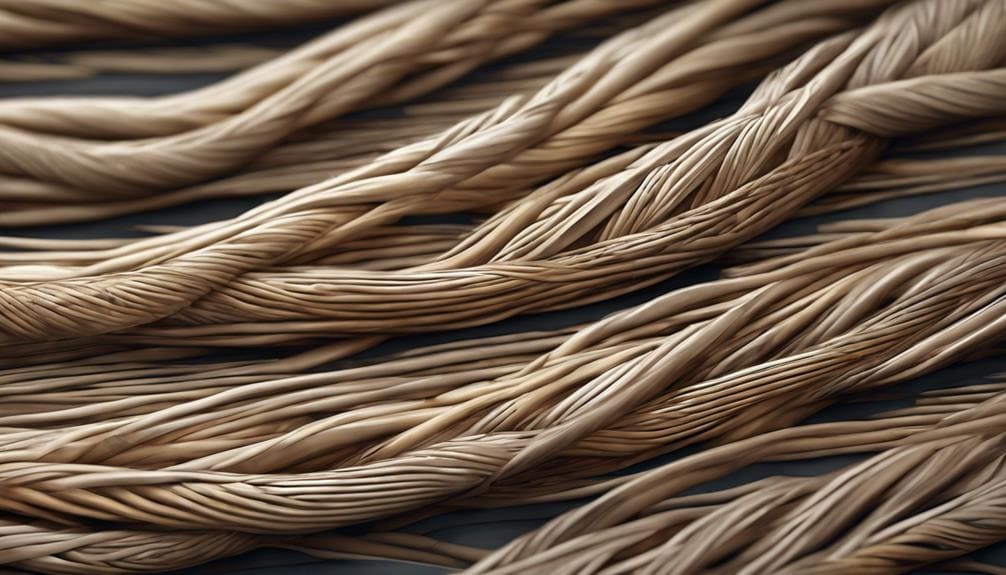
Utilizing distinctive weaving techniques, Danish Cord and Rush Reed each contribute unique characteristics to chair craftsmanship, reflecting a rich tapestry of historical evolution in furniture making. Danish chair seats and backs are intricately woven using paper cord wrapped around a wooden frame.
This weaving process results in a sturdy and visually appealing seat that enhances the chair’s overall durability and longevity. On the other hand, Rush Reed weaving involves using natural fibers like seagrass or rattan to create intricate patterns on the chair seats.
Techniques such as hole caning, blind caning, and lattice weaving are employed to achieve unique designs and textures in rush-red chairs. Understanding the intricacies of seat weaving in Danish Cord and Rush Reed chairs is essential for successful chair restoration projects, as each technique offers its own challenges and aesthetic possibilities.
Maintenance Considerations: Danish Cord Vs. Rush Reed
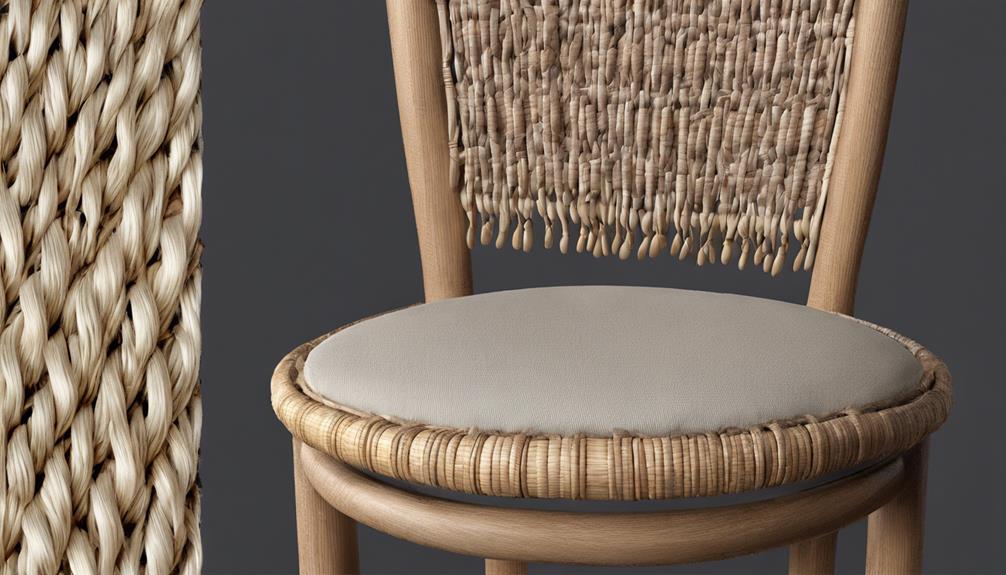
Drawing from the intricate weaving techniques discussed earlier, understanding the maintenance considerations for Danish Cord and Rush Reed is crucial for preserving the longevity and quality of these distinct chair materials. When caring for furniture crafted with Danish cord or Rush reed, the following maintenance considerations should be taken into account:
- Danish cord requires regular dusting and occasional cleaning with a damp cloth and mild soap to maintain its appearance. Due to its woven nature, handling Danish cord with care is important to prevent fraying or damage to the fibers.
- On the other hand, Rush reed needs to be shielded from direct sunlight to avoid fading and deterioration over time. This weaving material might require occasional reweaving or repair due to wear and tear from everyday use.
- Following specific care instructions tailored to Danish cord and Rush reed is essential for prolonging the lifespan of furniture pieces, ensuring they retain their original quality and beauty. Proper maintenance practices will help keep these chair caning materials looking exquisite for years.
Sourcing Options: Danish Cord Vs. Rush Reed

Sourcing Danish cord or rush reed involves exploring specialized weaving supply stores, craft shops, and online platforms to find the ideal materials for chair restoration and weaving projects. When considering Danish cord, specialty weaving stores and online retailers are prime destinations because they focus on chair restoration projects. This allows various customization options, including ply variations and colors to suit specific weaving needs.
On the other hand, rush reeds can be sourced from craft stores, specialty weaving shops, and online platforms, providing a diverse selection of weaving materials. Natural rush reed, in particular, is favored for its traditional appeal in weaving projects. The choice between Danish cord and rush reed hinges on project requirements, durability considerations, and the desired aesthetic outcome for the final product.
| Sourcing Options | Ideal Locations |
|---|---|
| Danish Cord | Specialty Weaving Supply Stores, Online Retailers |
| Rush Reed | Craft Stores, Specialty Weaving Shops, Online Platforms |
Frequently Asked Questions
What Is the Difference Between Paper Rush and Danish Cord?
In comparing paper rush and Danish cord, the material quality, durability, and appearance differ significantly. Understanding the weaving techniques, color options, and maintenance tips for each is essential. Historical context and environmental impact also play crucial roles in DIY projects.
What Is the Best Cord for Seat Weaving?
Cord strength is crucial for durability in seat weaving. Weaving techniques enhance cord flexibility. Chair repair demands sturdy materials. Seat longevity relies on core strength. Cord aesthetics elevate crafting preferences. Prioritize quality for the best results.
Is Danish Cord Durable?
A longevity comparison reveals Danish cord’s exceptional durability. Its material strength effortlessly withstands high-stress areas. Minimal maintenance requirements showcase its resilience. Varied color options enhance design flexibility. Weather resistance adds to its appeal. Despite its cost, the Danish cord’s installation process ensures a worthwhile investment.
What Is the Use of Danish Cord?
Utilizing Danish cord in crafting offers many benefits. Its durability ensures minimal maintenance, enabling intricate weaving techniques and diverse patterns. Various colors enhance creative projects. Reliable suppliers provide quality materials for successful endeavors.
Conclusion
In conclusion, while rush reed may offer a more traditional look and be more cost-effective, the durability and longevity of Danish cord make it the superior choice for crafting projects, especially in chair weaving.
Despite the initial investment, Danish cord is a wise choice in the long run due to its enhanced quality and lasting appeal.
Embracing modern materials like Danish cord can elevate the art of crafting and preserve the beauty of handmade pieces for generations to come.

